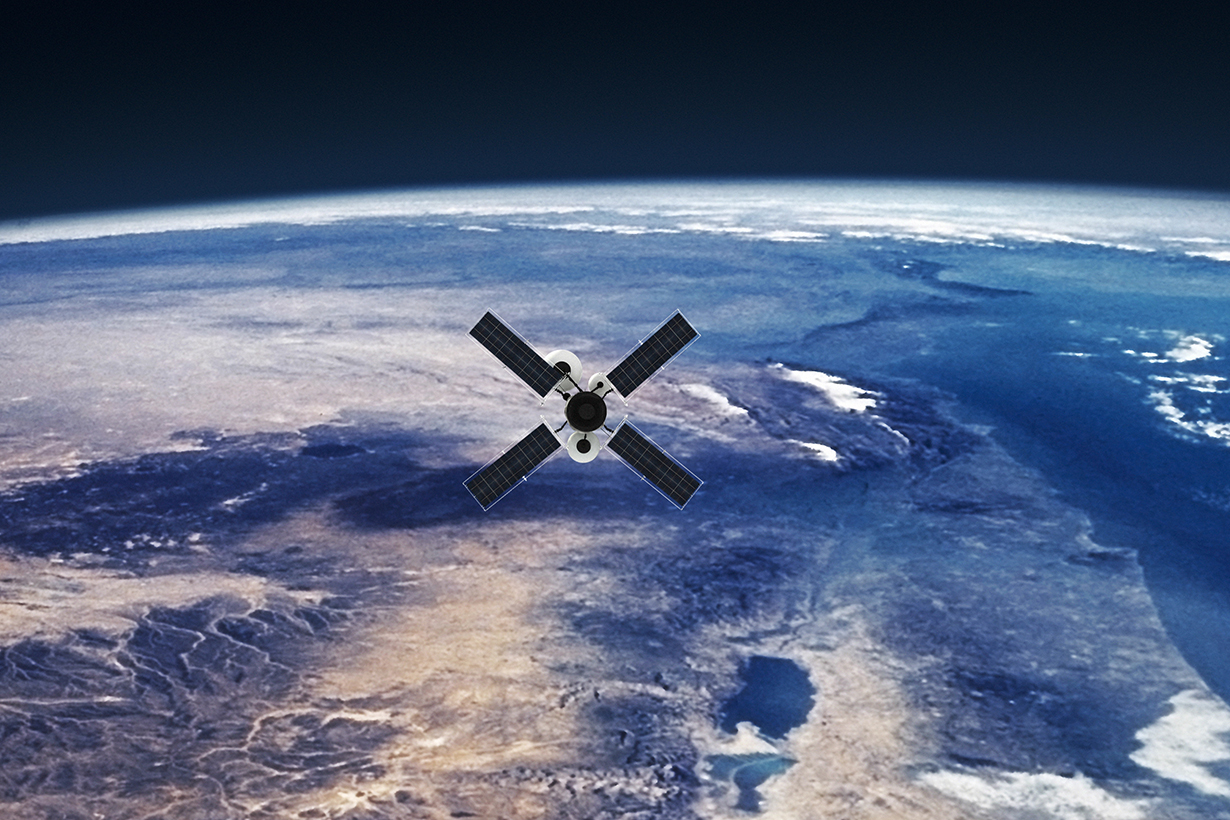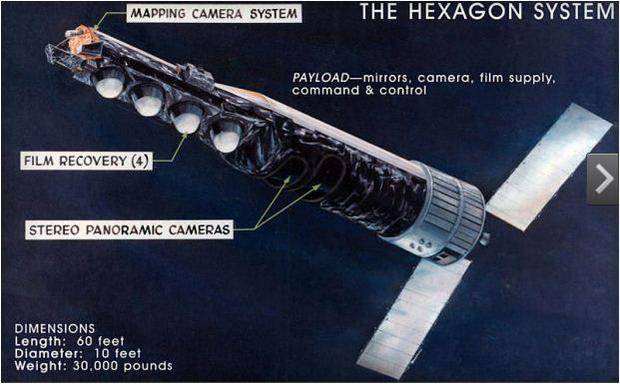CLOSE
About Elements
TANAKA is a leading company in the field of precious metals.
Advanced materials and solutions that support societal progress, the development stories behind them, the voices of engineers, and our management philosophy and vision—
Elements is an online media platform that shares insights that lead to a better society and a more prosperous future for the planet under the slogan “Mastering Precious Metals.”

Self-repair ‘smart’ satellites in development

The idea of self-repair satellites will not be the subject of science fiction for much longer, as aerospace technologists are working on technology that can repair and refuel stranded satellites in space. Engineers from University of Cincinnati are constructing robotic networks capable of functioning independently and also, where required collaboratively, to achieve the objective of repairing other satellites in space. This is based on the latest iteration of smart technology.

▲ Launch of TDRS-M satellite from Kennedy Space Center on August 18, 2017. / Image in the Public Domain.NASA
Satellite damage
Earlier this year satellite service provider Intelsat announced that one of its communications satellites became lost in orbit above Earth, with space object becoming an unmovable piece of space debris. An object struck the satellite, causing propellant to leak out into space. Not only did this render the satellite inoperative, it also poses a potential threat to other satellites occupying the same orbit.The damage, however, was repairable – if only another space object could conduct the repair process, which is where the new research comes in.

▲ The video taken by the Solar Dynamics Observatory (SDO) in 171 angstrom shows sunspot 1402 erupting with an X1.8 class solar flare. / NASA/SDO
As well as being struck by other objects, satellites are also vulnerable to solar flares, especially communications satellites which tend to occupy high orbits. Flares can cause satellites to becomes highly charged during the storm, and here components can become damaged.Economic imperativeHaving multi-million dollar satellites that end up useless due to minor operating issues leads to loss or operations and a lot of money being wasted, according to Gordon Roesler, former program manager at the U.S. Defense Advanced Research Projects Agency. He recently spoke with Astronomy Magazine about the the inability to repair or modify satellites once they’re launched. According to Roesler, this makes no economic sense. For this reason, several businesses are interested in the smart satellite research program.New research programThe satellite repair program is led by Professor Ou Ma. The focus is on the use of robotics technology
to repair orbiting satellites. Here the aim is to develop robotic satellites capable of docking with other satellites in order to make repairs or even for refueling.

▲ Hexagon satellite system / National Reconnaissance Office
The primary interest is with the use of robotic arms in order for repair satellites to work effectively. To support, this a Colorado company called Maxar is providing the spacecraft infrastructure and robotic arms for the project.In addition, the researchers are also working on how robotic satellites can work in unison together. Trials so far have shown that up to five satellites can work on a repair task together. This requires complex automated navigation systems. To develop such systems various simulation tools are being tested out.Research paperThe development of the smart satellites is set out in the journal Robotica. Here the research paper is tilted “Collaborative Control of Multiple Robots Using Genetic Fuzzy Systems.”Essential Science
This article is part of Digital Journal’s regular Essential Science columns. Each week Tim Sandle explores a topical and important scientific issue._______________________________________________________________________________

▲ AB InBev plant manager Tony Agah hopes to triumph in what he calls ‘the beer wars’ / STEFAN HEUNIS, AFP
Last week we looked at how science is helping to make beer last for longer (by genetically modifying yeast), a process that might also improve the taste of the alcoholic beverage.The week before we learned about stormquakes, which are powerful oceanic events are set to be categorized as a new meteorological phenomenon. This is based on new research centered on the U.S. coastline.
This article was from Digital Journal and was legally licensed through the NewsCred publisher network. Please direct all licensing questions to legal@newscred.com.
![]()







